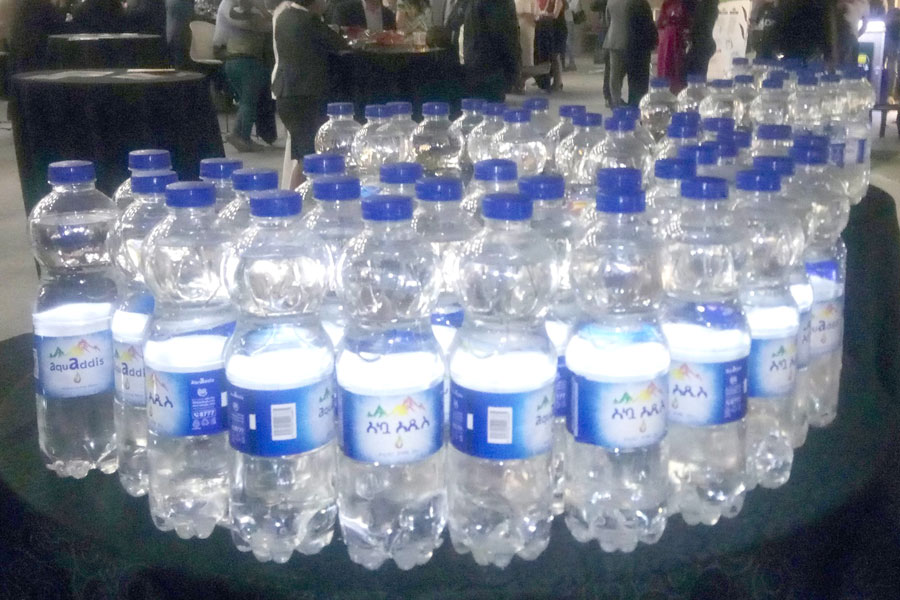
Fortune News | Sep 28,2024
The rainy season was losing its grip on Addis Abeba. Patches of pale sky opened between bruised clouds, and streets that had been rivers only days earlier now carried the damp smell of wet soil. Children headed for the new school year traded bright notebooks while showing off crisp uniforms. For many households, the return to classes felt like a reset. For Meseret Assefa, it felt like a tightening knot.
Her twins were starting fourth grade at a private school, and she refused to let poverty dislodge the promise she had made to them.
“Education,” she said, “will not be among the things poverty can strip away.”
However, the uniforms the girls had worn since their father’s death no longer fit. She noticed that their shirts stretched across growing shoulders, and skirts hold tightly to their waist. She paid 3,000 Br each in tuition, then another 3,400 Br for a uniform for each. Two packs of exercise books cost 1,200 Br, and pens another 40. The figures stacked like weights, swallowing what little she had saved.
Two years earlier, life had unravelled when her husband, a ride-hailing driver and the family’s main breadwinner, died in a car crash. Their small rented flat in the Qilinto condominium quickly became unaffordable. Meseret gathered her children and moved back into her parents’ modest house in the Gottera neighbourhood. She now earns 10,000 Br a month as a cashier, which is barely enough for food and bills.
After work, she sets up a makeshift stand and sells samosas until late. On good nights, she makes between 3,000 Br and 5,000 Br, but most of it disappears into groceries and transport.
“I usually end up using it all for everyday bits,” she said, eyes heavy with exhaustion.
Her mother noticed the strain and quietly bought the girls their notebooks. Without that help, Meseret admitted, she might not have been able to send them back to school.
In Merkato, the sprawling market where she shops, life remains a roar. Car horns blare as drivers squeeze through impossible gaps—mud clings to shoes and tyres alike, reflecting the swollen sky. Porters bent under bulging sacks weave through a tide of shoppers. Stalls overflow with lunch boxes, glittering water bottles and exercise books stacked so high they form miniature cityscapes of paper. Prices float above the bustle like warning signs.
Last week, exercise books, branded "Radical," sold between 480 Br and 580 Br a dozen. "Sinarline" reached 600 Br, and "Orbit" climbed to 630 Br. A pack of pencils cost 100 Br to 120 Br, while lunch boxes ranged from 1,200 Br to 3,750 Br. A school bag, every child’s badge of fresh-term pride, costs between 1,700 Br and 3,000 Br.
For Habtamu Kinde, who has sold supplies for three years, prices are not as high as they were last year.
“Every exercise book is up a hundred Birr, pencils are 20 Br more," he told Fortune. "Wholesalers raised theirs first, so we had to follow.”
Meseret walked those alleys with a mind full of sums. What to spend, what to defer, and what to abandon. New bags at 2,000 Br each were simply out of reach. The twins will keep their faded ones with broken zips.
“I’ll sew them,” she said, forcing a smile. “Maybe buy replacements mid-year.”
The girls nod but say little. She knew they noticed the difference.
“They don’t complain,” she whispered, “but when they see other children with new bags and shoes, I can see it in their eyes.”
Across town, Shola Gebeya offered a different scene. Afternoon sun spilt over neat stalls where blue and pink backpacks swayed on hooks. TikTok-famous lunch boxes, wrapped in cellophane, gleamed beside rows of water bottles. Vendors called out with rehearsed enthusiasm: “New bags, new year! Come choose the best for your children!”
Mekdes Girma, a kindergarten teacher earning 20,000 Br a month, threaded her way through the crowd with her daughters: a sixth-grader and a second-grader. Her husband, a school psychologist, brings home 30,000 Br. They live comfortably on paper, yet that comfort melts at Shola’s stalls. The younger girl froze in front of a pink backpack with a dangling toy and refused to move. Mekdes reasoned, coaxed and, finally, relented.
The bag cost 2,800 Br. For her elder daughter, she picked a simpler model for 2,000 Br, then added two fashionable lunch boxes. Before uniforms, the total had climbed to 24,000 Br. At another stand, she bought a sweater for 1,200 Br, trousers for the same and a shirt for 700 Br.
“My younger one already has spare clothes,” she said with a resigned laugh. “But the bag wasn’t negotiable.”
Backpack prices range from 1,200 Br to 3,000 Br, depending on the material and cartoon trends, according to Melaku Sisay, one of the more than 430,000 merchants registered by the Addis Abeba Trade Bureau across 10 sectors, who runs shops in Shola and Merkato. Lunch boxes sell for 1,200 Br and 1,850 Br; premium sets with multiple containers and twin bottles reach 3,800 Br.
“The same bag I sold for 1,050 Br two years ago now costs 3,000 Br,” he recalled.
He dropped the price from 200 Br to 300 Br for wholesale buyers, although his margins were tight. Nearby, another vendor, Birhan Admasu, echoed him. Last year, he sold bags between 800 Br and 1,500 Br. Last week, nothing was below 1,600 Br, while his lunch boxes fetched 1,850 Br to 3,800 Br.
“As demand spikes right before schools open, expect another hundred or two added,” he told Fortune.
Officials require prices to be posted in visible locations and pledge to take action against price gouging.
“We regulate to prevent unjustified increases,” Fisha Tibebu, the Bureau's deputy head, told Fortune. “Violators will face measures.”
Yet, enforcement is patchy in tangled markets where thousands of transactions happen in minutes.
One Merkato wholesaler imports studious brand exercise books from India, usually bound for towns in Amhara and Tigray regional states. They are of lower quality and rarely sell in big cities. He used to let them go at 12 Br a dozen. Conflict disrupted his routes, forcing him to store them in Addis Abeba. Revenue officials, he said, told him to price them at 40 Br; no one bit. More than 50 packs of 192 books each still sat in a flooded warehouse.
“Customs officials think we undercut locals,” he said with a shrug. “But margins aren’t huge.”
Addis Abeba has roughly 1.2 million students. About 46pc attend private schools, which account for three-quarters of the city’s institutions. Kindergartens alone number 935. Public schools provide notebooks, uniforms, and even free meals for close to 600,000 students. Private-school families, such as Meseret, shoulder every Birr themselves.
In Shola’s garment rows, vendors stood at shop fronts calling to passers-by. Racks of different-coloured uniforms hang like banners; others lie folded in stacks.
Frewoyni Yihidego, a housewife, tried a yellow shirt on her nine-year-old, weighing cost against fit. She argued the price down to 800 Br each for the shirt and trousers, totalling 1,600 Br. For her four-year-old, starting school, she paid another 1,600 Br. Crayons cost 200 Br for two packs, exercise books 1,200 Br for each child, and pencils 300 Br for three packs. A lunch box and water bottle together cost 1,600 Br.
“I've to make sure everything is ready,” she said. “It’s a lot, but they must start properly.”
Finding the right uniform shades is another battle.
“Schools keep choosing unique colours between dark grey, airline blue-green, and navy,” said Kalkidan Abiy, a vendor. “Getting exact shades is hard.”
The fabric price has also increased by 100 Br to 150 Br per metre compared to last year.
At the Ethiopian Textile & Garment Manufacturers Association, secretary-general Agazi Gebreyesus saw domestic producers squeezed by taxes that discourage expansion. A five percent excise tax on sales goes against standard practice, he argued, while high duties on inputs and spare parts drive up costs. Foreign-currency shortages create further delays.
“Without incentives, producers can’t keep pace with demand,” he said.
Brass Garment, one of the city’s larger suppliers, employs a thousand workers across four branches. According to its Sales Manager, Samson Assefa, shirts now run to 1,000 Br for top quality, trousers up to 1,900 Br, and sweaters 900 Br.
“Prices are 200 Br to 300 Br higher than last year because fabric alone rose between 100 Br and 200 Br,” he told Fortune.
Customs duties on imported supplies vary, but are layered on top of VAT and other fees. Pens attract the heaviest rates, followed by school bags and textiles. Garment makers avoid withholding charges but still face high levies on materials. Officials say these taxes finance subsidies and target luxuries. Importers counter that by the time duties stack up, a basic notebook or bag is already out of most parents’ reach.
According to Dawit Kejela, a former auditor at the Ministry of Revenue, who now advises businesses, inspectors survey markets on a monthly basis.
“They compare two or three similar shops if prices vary,” he said.
According to Addis Abeba Revenues officials, a market study of 16,000 items was conducted to set average prices for VAT purposes.
"Merchants often declare lower prices than they charge," one official said. "We verify actual market value to prevent underreporting."
Items the state wants produced locally carry the stiffest duties, yet quality imports still dominate sales.
“Exercise books should be exempt,” Dawit argued. “They’re not like plain paper used in offices, and local supply is limited.”
For Dawit, the long-term fix is to enhance domestic manufacturing, thereby reducing the need for imports, including even basic items like pens, from Kenya.
Molla Alemayehu (PhD), a senior researcher at the Ethiopian Economics Association, agreed. Local goods should take precedence, but exemptions are needed where factories fall short.
“Free supplies for state schools help,” he said. “But pupils in private schools face the same high costs. Basic items, including exercise books, pens, and pencils, shouldn’t be taxed. It’s about fairness.”
PUBLISHED ON
Aug 30,2025 [ VOL
26 , NO
1322]
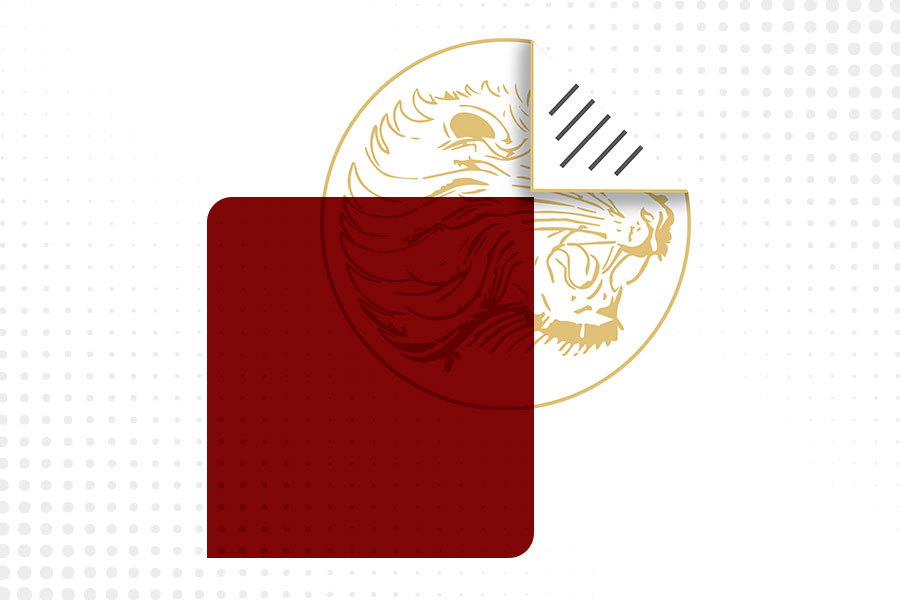
Life Matters | Mar 20,2021
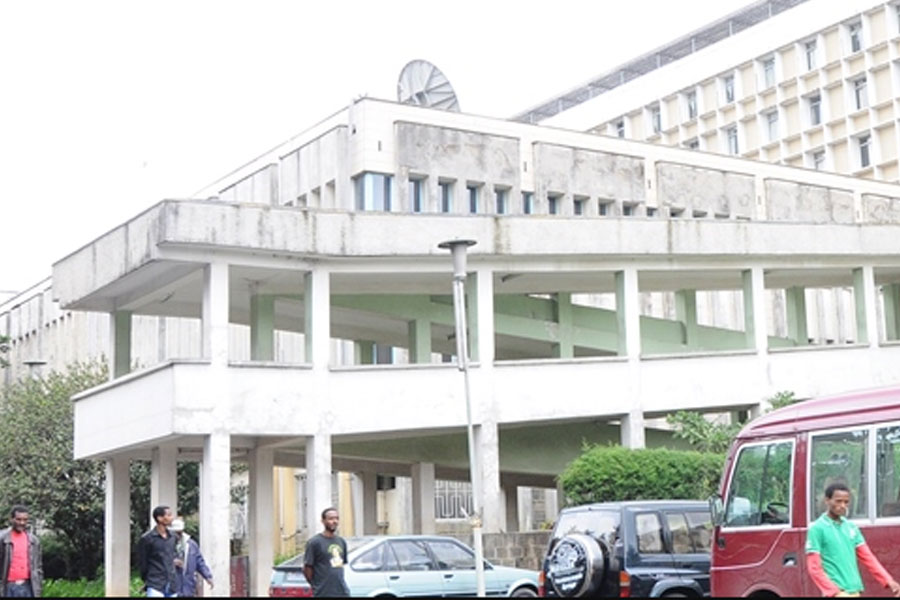
Fortune News | Mar 16,2019
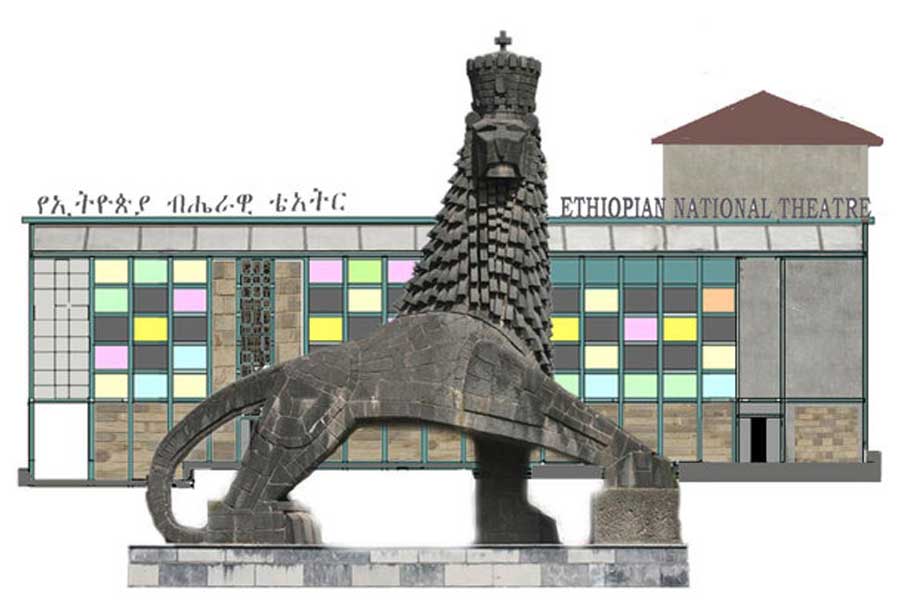
View From Arada | Mar 20,2021

Radar | Feb 15,2020

My Opinion | Jul 18,2020
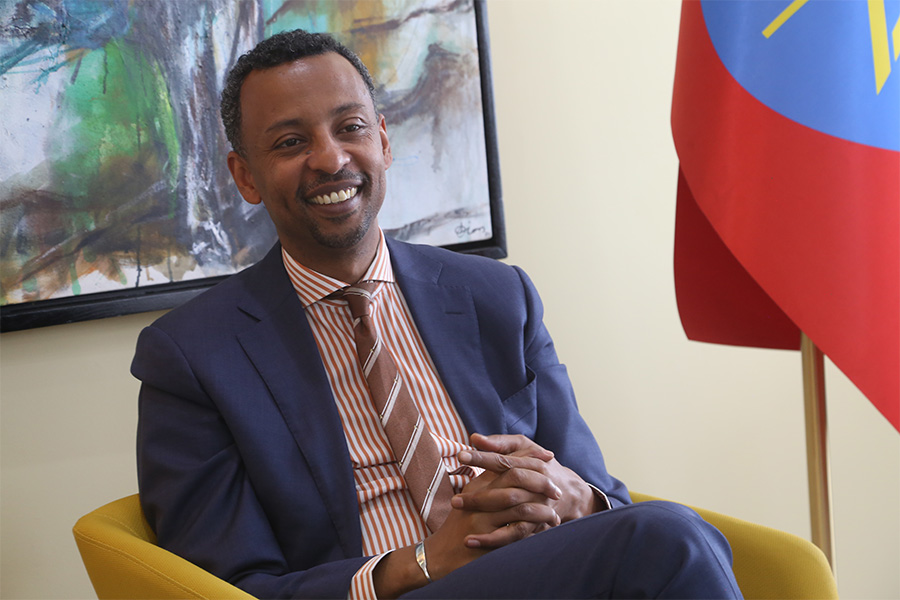
Dec 22 , 2024 . By TIZITA SHEWAFERAW
Charged with transforming colossal state-owned enterprises into modern and competitiv...
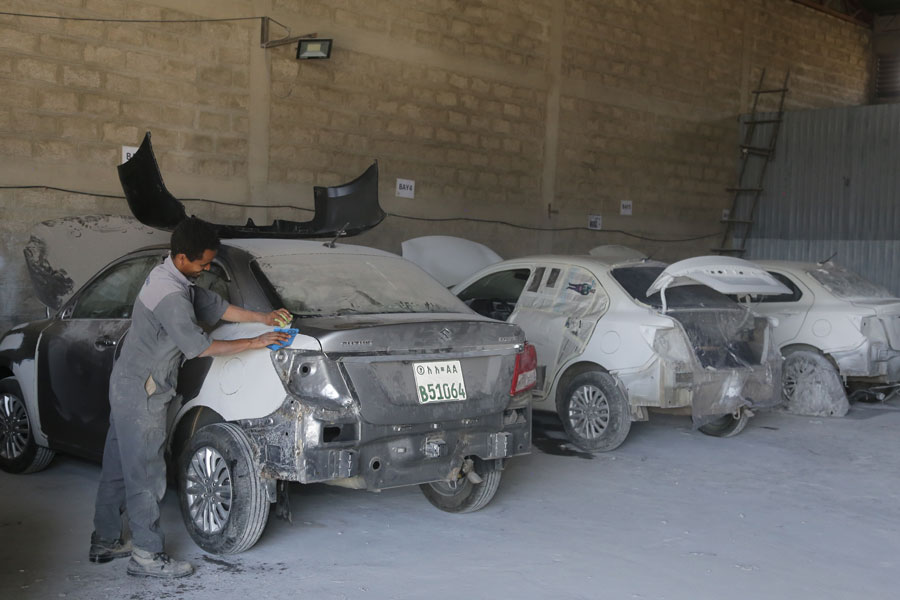
Aug 18 , 2024 . By AKSAH ITALO
Although predictable Yonas Zerihun's job in the ride-hailing service is not immune to...
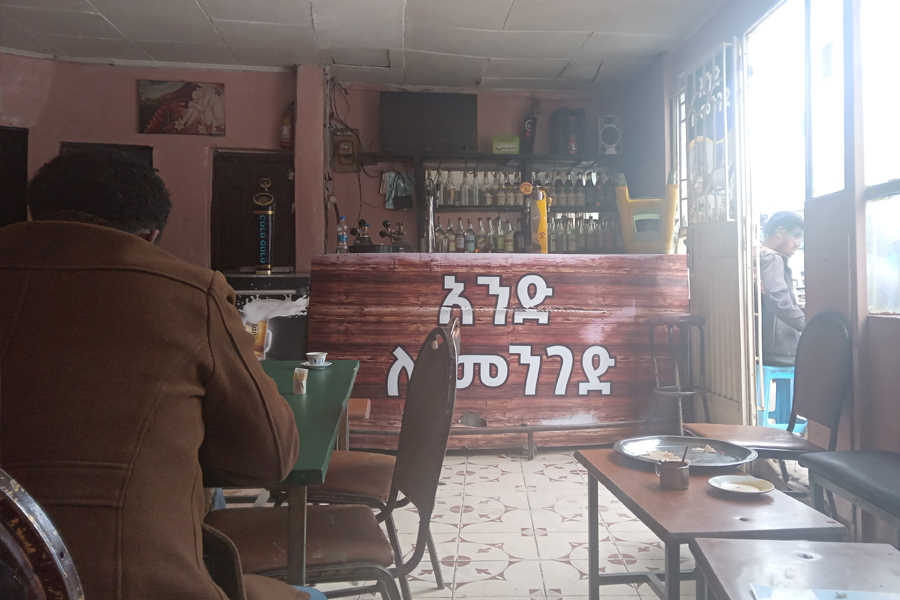
Jul 28 , 2024 . By TIZITA SHEWAFERAW
Unhabitual, perhaps too many, Samuel Gebreyohannes, 38, used to occasionally enjoy a couple of beers at breakfast. However, he recently swit...
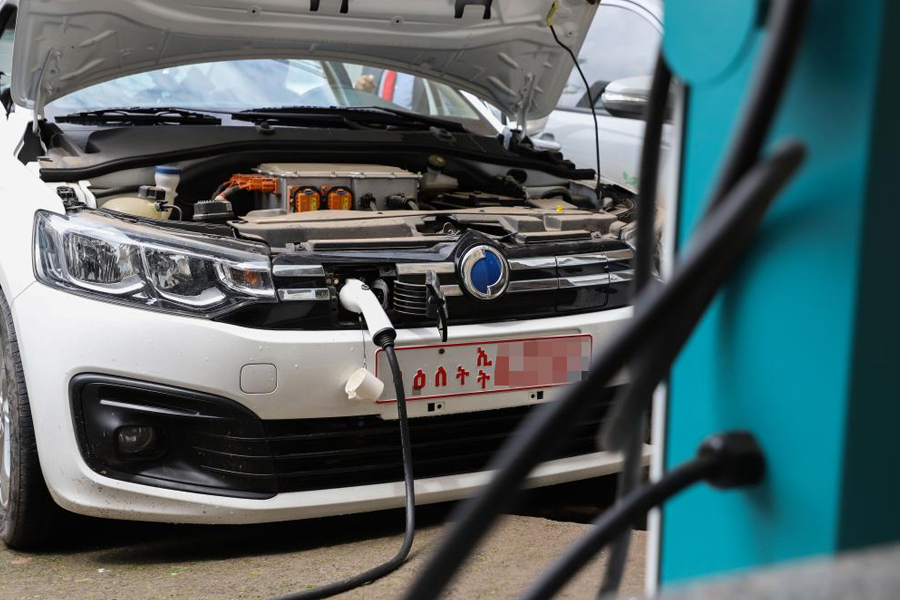
Jul 13 , 2024 . By AKSAH ITALO
Investors who rely on tractors, trucks, and field vehicles for commuting, transporting commodities, and f...
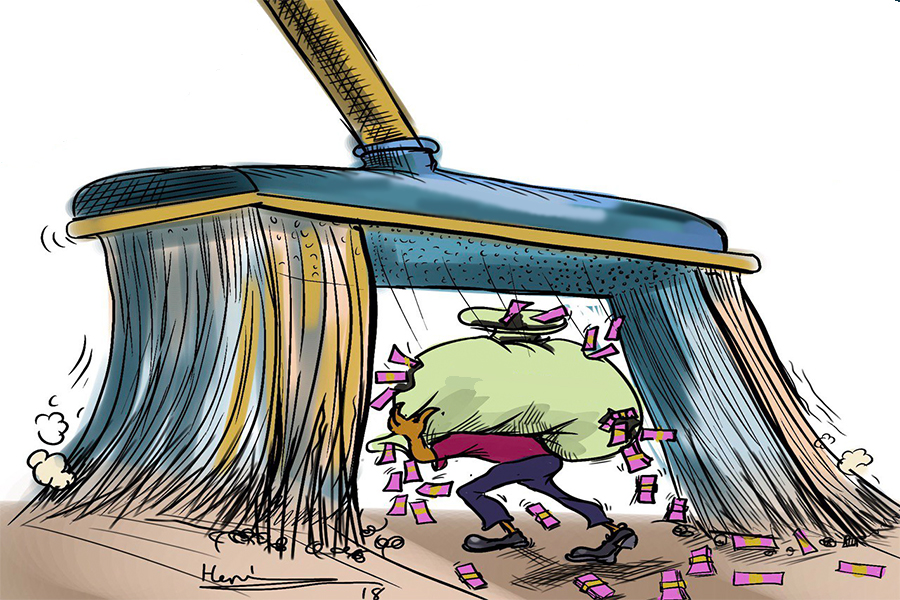
Oct 25 , 2025
The regulatory machinery is on overdrive. In only two years, no fewer than 35 new pro...
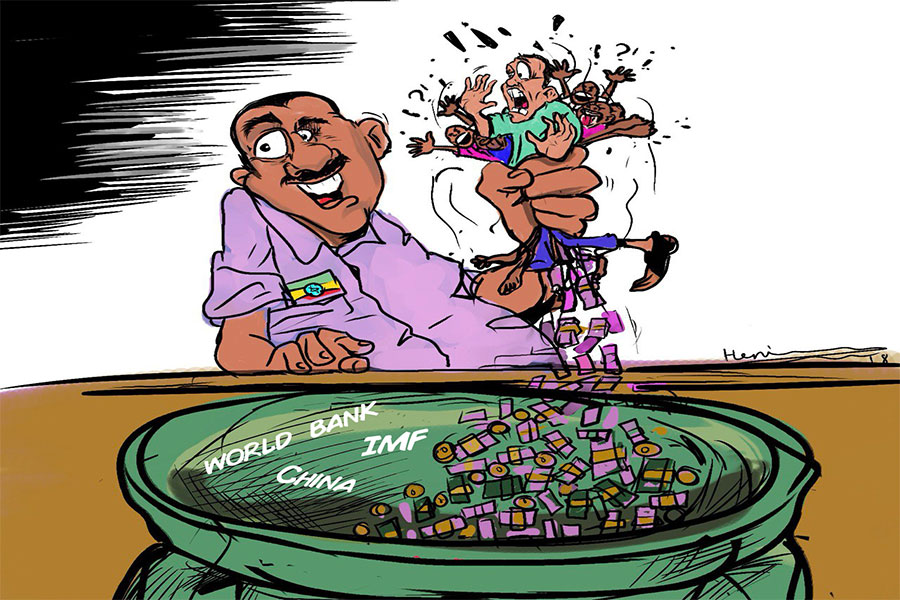
Oct 18 , 2025
The political establishment, notably the ruling party and its top brass, has become p...
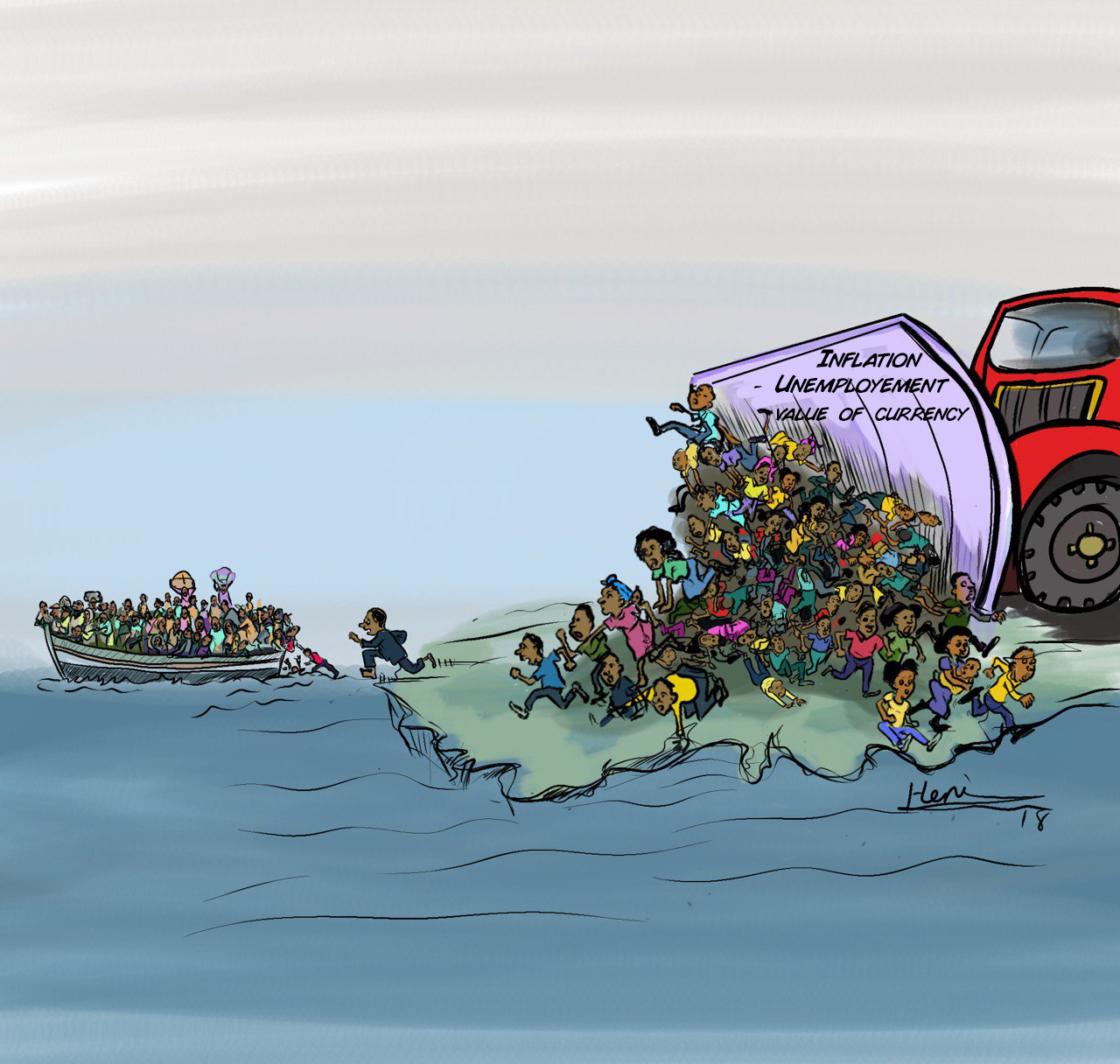
Oct 11 , 2025
Ladislas Farago, a roving Associated Press (AP) correspondent, arrived in Ethiopia in...
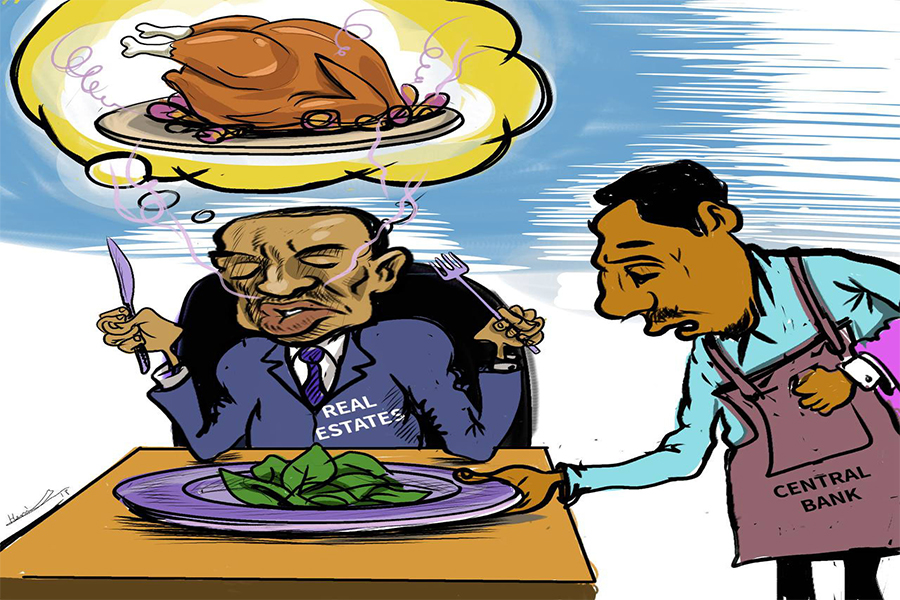
Oct 4 , 2025
Eyob Tekalegn (PhD) had been in the Governor's chair for only weeks when, on Septembe...